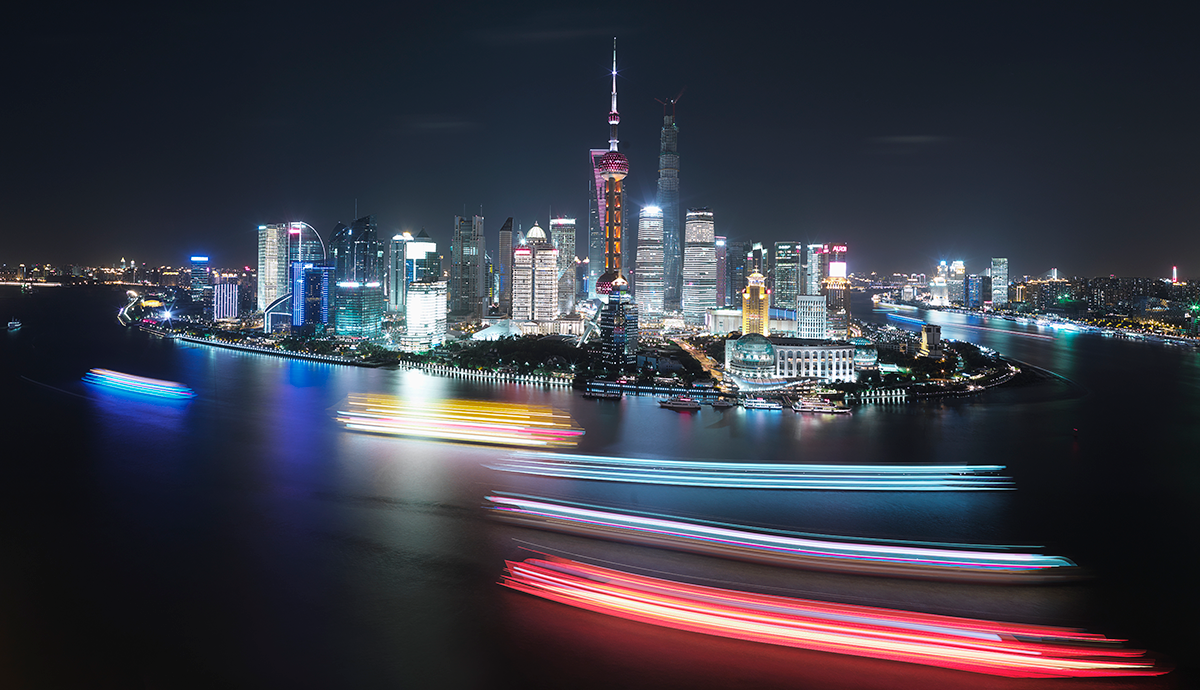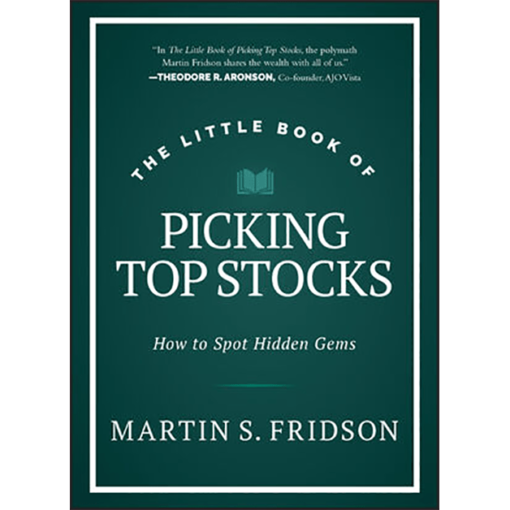[ad_1]
China’s emergence as a global economy on the world stage is perhaps the biggest economic story of the last 30 years. During the last several decades, China’s industry has modernized, many of its tech companies have debuted on Chinese stock exchanges via initial public offerings (IPOs), and the nation’s markets and exchanges have opened to a degree to overseas investors.
China has become more and more integrated into the world economy. Yet despite this trend, China’s stock markets still sometimes move in idiosyncratic ways relative to other world exchanges. Due to short sale constraints, among other features, China’s exchanges have sometimes been prone to added volatility, with notable bubbles and busts occurring on the Shanghai Composite Index in 2007 and 2015.
How then have the co-movements of China’s stock exchanges developed over the last 25 years as the nation has become a greater presence in global markets?

To answer this question, we examined how correlations between the two major Chinese exchanges — the Shanghai Composite Index and the Hang Seng — and their counterparts around the globe have evolved. Then we divided the time periods into three categories — 1997 to 2004, 2005 to 2014, and 2015 to present — to see what sort of pattern emerged over time.
We isolated two key findings.
First, the Shanghai Composite has become much more highly correlated with the S&P 500 over the last quarter century. Between 1997 and 2004, it had a 0.08 correlation. In our most recent sample, the correlation coefficient soared to 0.47 and represents the greatest shift in co-movement over our entire study period.
Correlations: Shanghai Composite to S&P 500
| August 1997 to December 2004 | 0.08 |
| January 2005 to December 2014 | 0.35 |
| January 2015 to Present | 0.47 |
The monumental jump in Shanghai Composite co-movements is not isolated to the S&P 500. The correlation coefficients of just about all the exchanges around the world, even the XLK US tech index, have all leaped with the Shanghai Composite between 1997 and the present. The one exception? Russia’s MOEX.
The question is why. What explains the increasing correlations?
Correlations: Shanghai Composite and the Hang Seng vs. Global Exchanges
August 1997 to December 2004
| S&P 500 |
Nikkei | Mumbai | FTSE | CAC 40 |
DAX | MOEX | TSX | ASX 200 |
XLK | |
| Shanghai Comp. |
0.08 | 0.14 | 0.16 | -0.09 | 0.02 | 0.08 | 0.26 | 0.13 | -0.06 | 0.08 |
| Hang Seng | 0.59 | 0.41 | 0.28 | 0.63 | 0.50 | 0.50 | 0.49 | 0.64 | 0.58 | 0.66 |
January 2005 to December 2014
| S&P 500 |
Nikkei | Mumbai | FTSE | CAC 40 |
DAX | MOEX | TSX | ASX 200 |
XLK | |
| Shanghai Comp. |
0.35 | 0.31 | 0.38 | 0.31 | 0.31 | 0.34 | 0.33 | 0.38 | 0.41 | 0.37 |
| Hang Seng | 0.72 | 0.59 | 0.76 | 0.72 | 0.66 | 0.68 | 0.66 | 0.70 | 0.73 | 0.67 |
January 2015 to Present
| S&P 500 |
Nikkei | Mumbai | FTSE | CAC 40 |
DAX | MOEX | TSX | ASX 200 |
XLK | |
| Shanghai Comp. |
0.47 | 0.47 | 0.32 | 0.33 | 0.36 | 0.42 | 0.18 | 0.38 | 0.32 | 0.44 |
| Hang Seng | 0.61 | 0.54 | 0.51 | 0.51 | 0.51 | 0.49 | 0.39 | 0.29 | 0.41 | 0.55 |
We believe it comes down to two factors or a combination thereof: the opening of China’s markets to the rest of the world and the growing presence of banking and tech stocks on the Shanghai Composite.
All Time Correlations: Shanghai Composite, the Hang Seng and Global Indexes
| S&P 500 |
Nikkei | Mumbai | FTSE | CAC 40 |
DAX | MOEX | TSX | ASX 200 |
XLK | |
| Shanghai Comp. |
0.28 | 0.30 | 0.30 | 0.25 | 0.21 | 0.25 | 0.25 | 0.29 | 0.26 | 0.25 |
| Hang Seng | 0.63 | 0.50 | 0.51 | 0.64 | 0.55 | 0.56 | 0.50 | 0.64 | 0.58 | 0.61 |
Our second critical takeaway is that Shanghai Composite increasing correlation with world markets is not reflected on the Hang Seng. Global indexes have historically had greater correlation with the Hang Seng, but co-movement between it and other exchanges has not increased all that much over the last quarter century. The S&P 500 had a correlation coefficient of 0.59 with the Hang Seng from 1997 to 2004. That has barely budged. Since 2015, it has stood at 0.60.
All told, China’s emergence on the world stage has shifted correlations across its stock markets. The Shanghai Composite is now much more correlated with global markets, having nearly doubled its correlation coefficient in just 10 years.
No similar trend has emerged on the Hang Seng, however. It’s correlation with most world exchanges has barely budged over the past 25 years.
Whether these correlation trends continue in an era of increased geopolitical competition will be something to watch for in the months and years ahead.
If you liked this post, don’t forget to subscribe to the Enterprising Investor.
All posts are the opinion of the author. As such, they should not be construed as investment advice, nor do the opinions expressed necessarily reflect the views of CFA Institute or the author’s employer.
Image credit: ©Getty Images/Johannes Mann
Professional Learning for CFA Institute Members
CFA Institute members are empowered to self-determine and self-report professional learning (PL) credits earned, including content on Enterprising Investor. Members can record credits easily using their online PL tracker.Share On
[ad_2]
Source link







 Bitcoin
Bitcoin  Tether
Tether  XRP
XRP  USDC
USDC  Lido Staked Ether
Lido Staked Ether  Dogecoin
Dogecoin  LEO Token
LEO Token